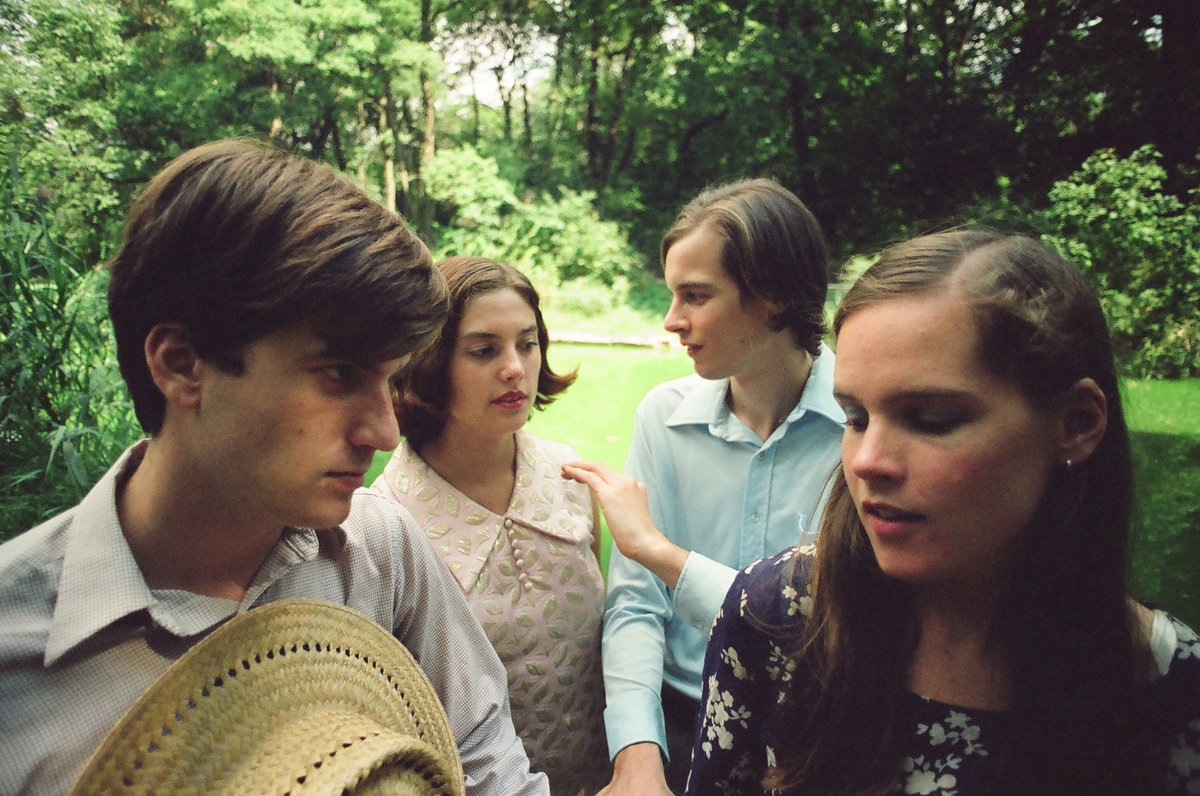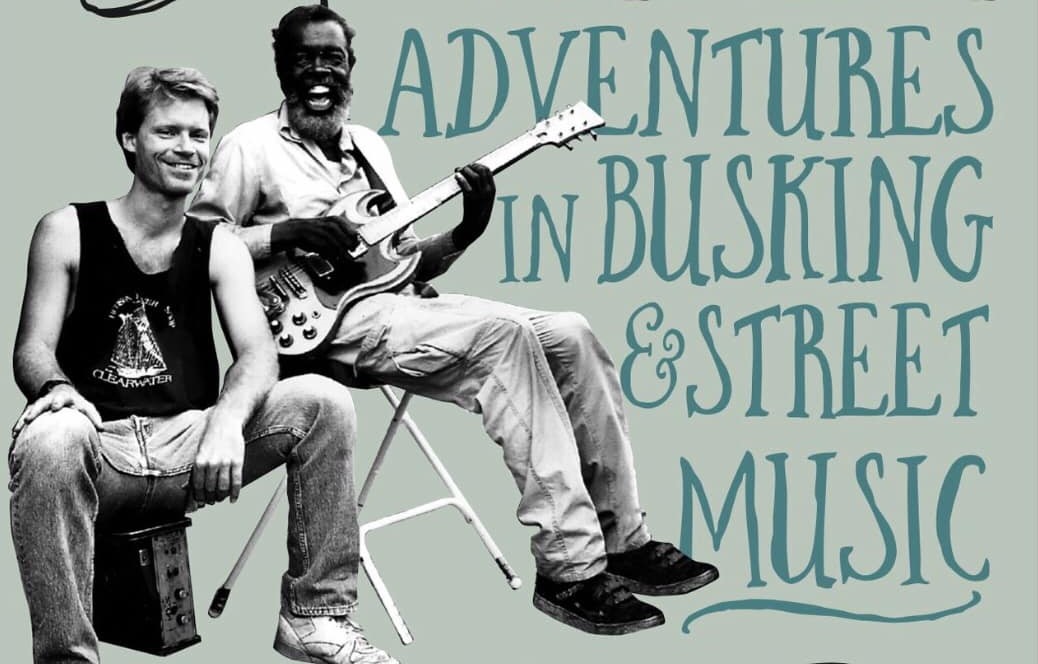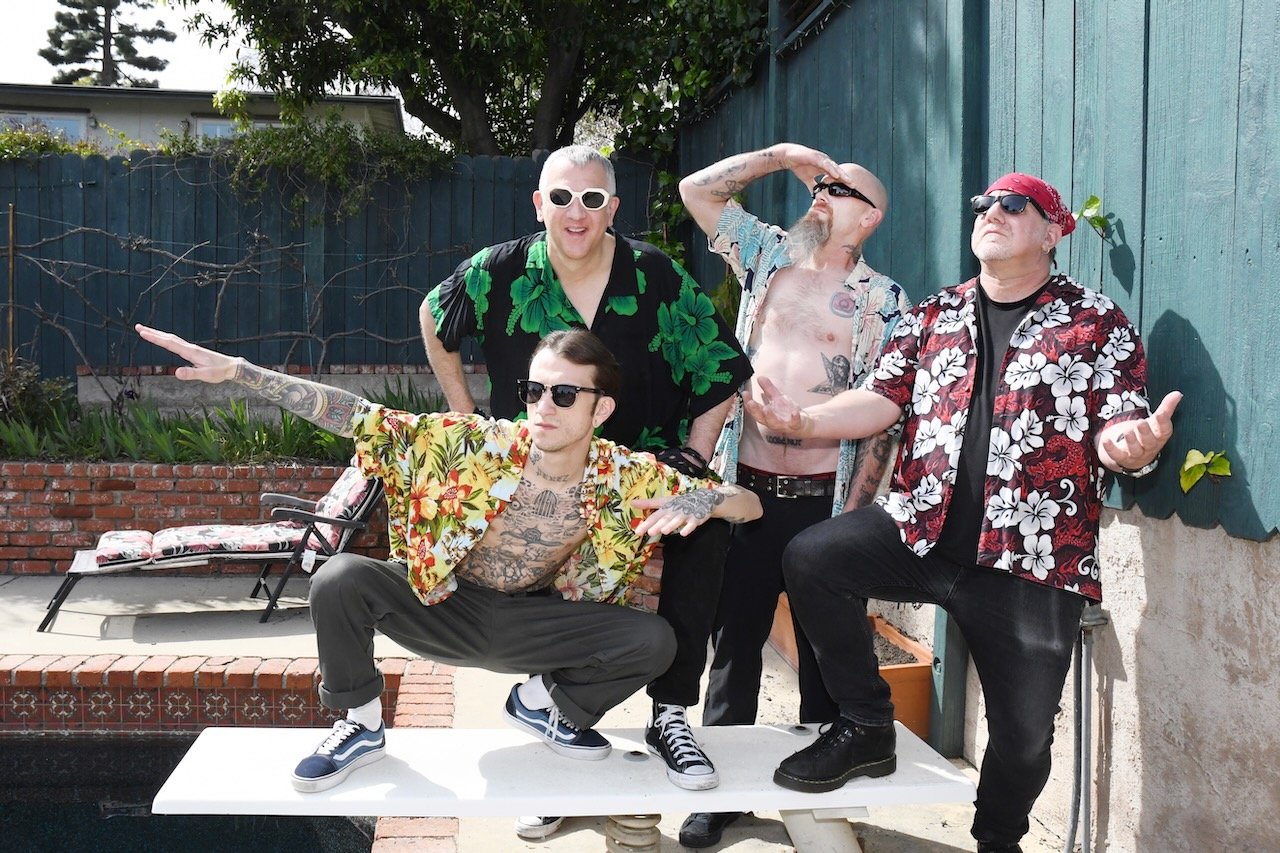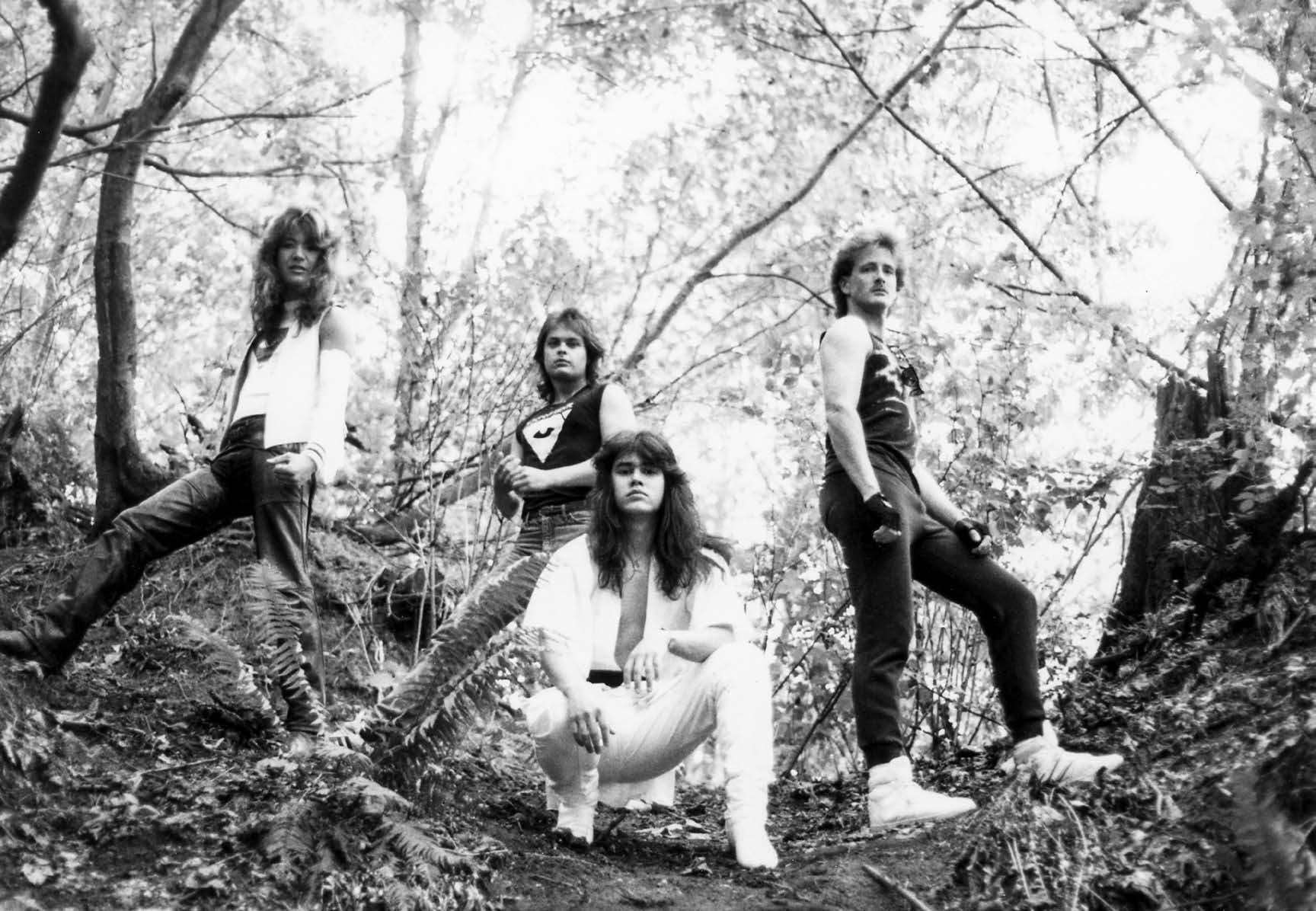Revisiting ‘The Albemarle Sound’: The Ladybug Transistor’s 25th Anniversary Reissue
Exclusive album premiere of ‘The Albemarle Sound 25th Anniversary Expanded Edition’ by The Ladybug Transistor, slated for release on November 8th, 2024 via HHBTM Records (physical) / Merge Records (digital).
Originally released in 1999, ‘The Albemarle Sound’ continues to stand out as an album that blends intricate late ’60s pop with whimsical, surrealist storytelling. To commemorate its quarter-century mark, this expanded edition includes bonus tracks—B-sides, demos, and alternate mixes—providing an inside look at the album’s year-long analog recording process.
For vinyl collectors, the LP is available in a striking silver edition with exclusive tactile extras like a color mobile, button set, and a silk-screened 12″ x 12″ print. The CD version also includes 12 bonus tracks, while the bonus material will be available for streaming via Merge Records. This expanded release promises to further elevate The Albemarle Sound’s status as a beloved indie classic, and it will be supported by a special tour across the U.S. in December, with shows on both coasts.
In addition to celebrating the album’s rich history, this release reaffirms the band’s distinctive approach to songwriting, blending orchestral pop with sun-drenched Californian vistas and the occasional Western flair. Recorded in Brooklyn’s Marlborough Farms, the album’s intimate sound echoes the warmth and history of the house and its inhabitants—Gary Olson, Jennifer Baron, Jeff Baron, Sasha Bell, San Fadyl, and Julia Rydholm—who together helped shape the unique soundscape of ‘The Albemarle Sound.’
To top off the anniversary celebrations, the band will tour with special support from Slumberland artists Lightheaded on the East Coast and Tony Molina on the West Coast. For long-time fans and newcomers alike, The Albemarle Sound remains as essential and evocative as ever. It’s a true celebration of the Brooklyn band’s DIY roots.
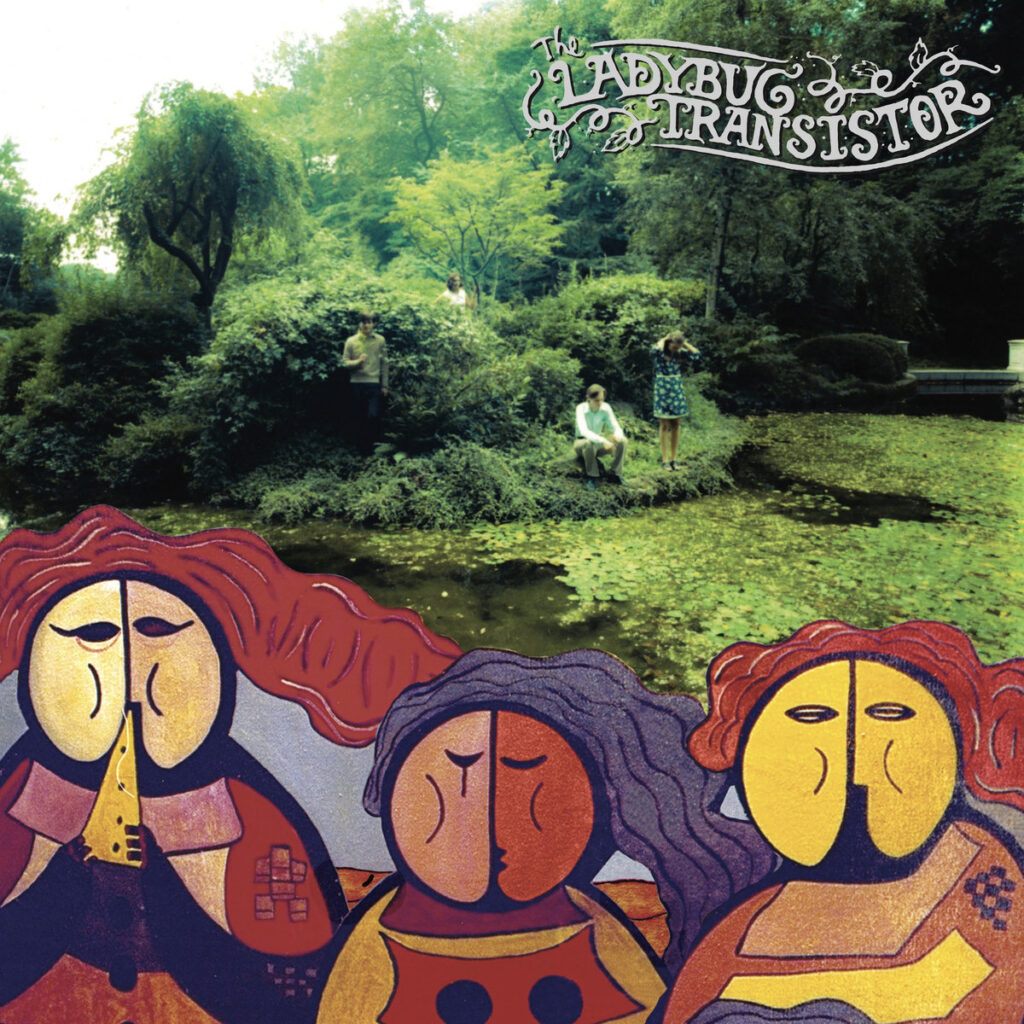
Though the album first arrived in 1999, it’s never lost its unpolished edge that made it stand out. Now, with this anniversary edition, listeners get to experience both the familiar and the forgotten, with extra tracks that give a glimpse into the band’s creative process. As they prepare for an upcoming tour, spanning both coasts, the band is bringing the ‘The Albemarle Sound’ back to life, sharing these beloved tracks with both old fans and new ears alike. The 2024 tour will take them from Seattle to San Francisco, Brooklyn to Kingston, NY, performing in venues where they first made their mark. The songs still resonate, and with this reissue, ‘The Albemarle Sound’ proves that great music doesn’t just last—it continues to evolve.
Hear the exclusive premiere of The Ladybug Transistor’s The Albemarle Sound 25th Anniversary Expanded Edition right here:
Fall 2024 tour dates:
December 4, Medford, MA – Deep Cuts (with Lightheaded and Mark Robinson)
December 5, Keene, NH – Nova Arts (with Lightheaded)
December 6, Kingston, NY – Tubby’s (with Lightheaded and Kyle Forester)
December 7, Brooklyn, NY – Public Records (with Lightheaded)
December 9, Seattle, WA – Madame Lou’s (with Tony Molina)
December 10, Portland, OR – Mississippi Studios (with Tony Molina)
December 12, San Francisco, CA – Rickshaw Stop (with Tony Molina)
December 13, Los Angeles, CA – Lodge Room (with Tony Molina)
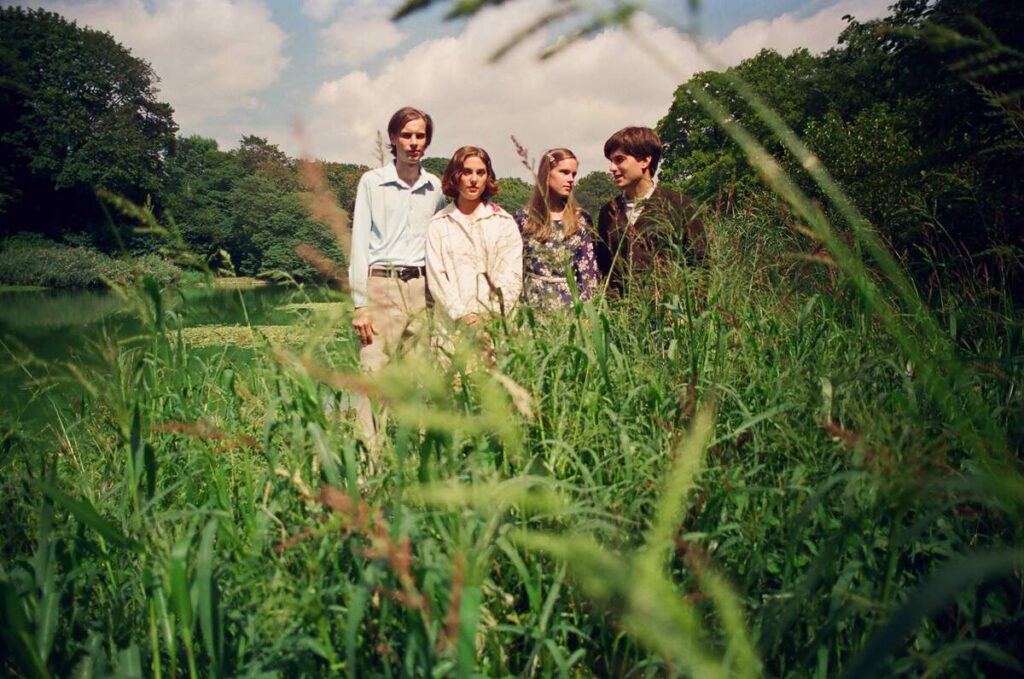
“Making the record was organically integrated into our communal lifestyle”
First off, congratulations on 25 years of ‘The Albemarle Sound’! When you listen to these songs again, how does it feel to revisit the music you created in that Victorian house in Flatbush? Do any memories from those recording sessions stand out to you?
Gary Olson: Thank you! You know, I hadn’t listened to the original recordings in quite some time until we started assembling the reissue this year. I was struck by the focus and drive we had back then—I really don’t know how we did it. The whole process was so much more manual working with analog tape machines. With those limitations, we had to have a fair amount of discipline and sketch a lot out in advance to get it right. Listening today, it certainly feels handmade.
Jennifer Baron: Thank you, Klemen! Happy autumn from Pennsylvania, where it has been a very surreal place to live during this anxiety-inducing U.S. election. It’s exciting to revisit the album through your ears, too, and I am honored that IPBM readers will be among the first to hear the expanded edition reissue and bonus tracks within the context of the magazine’s outstanding in-depth content.
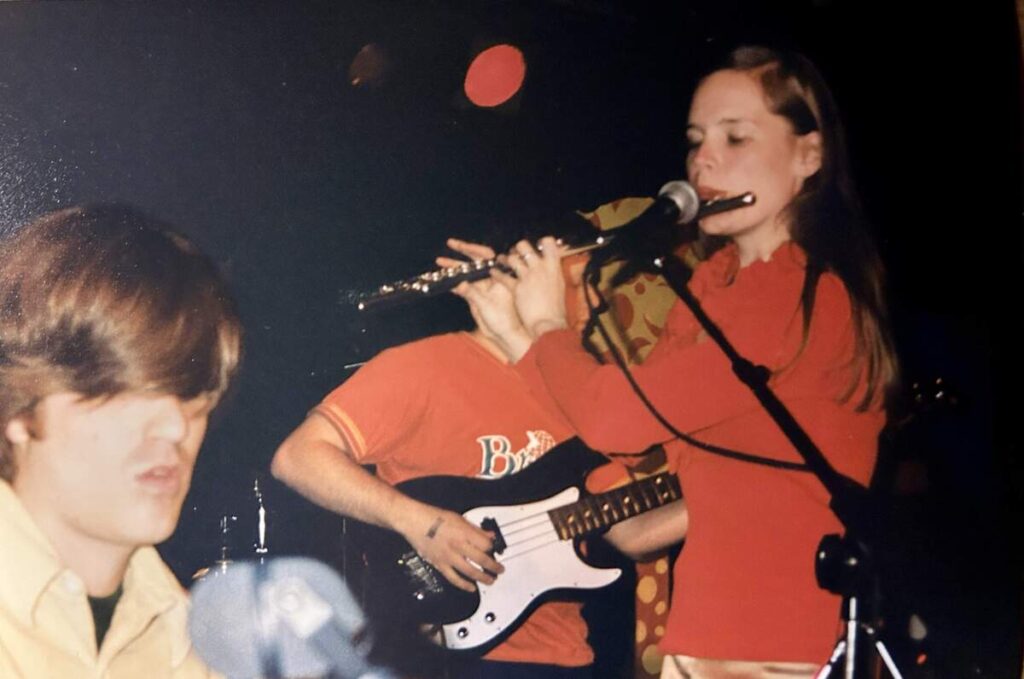
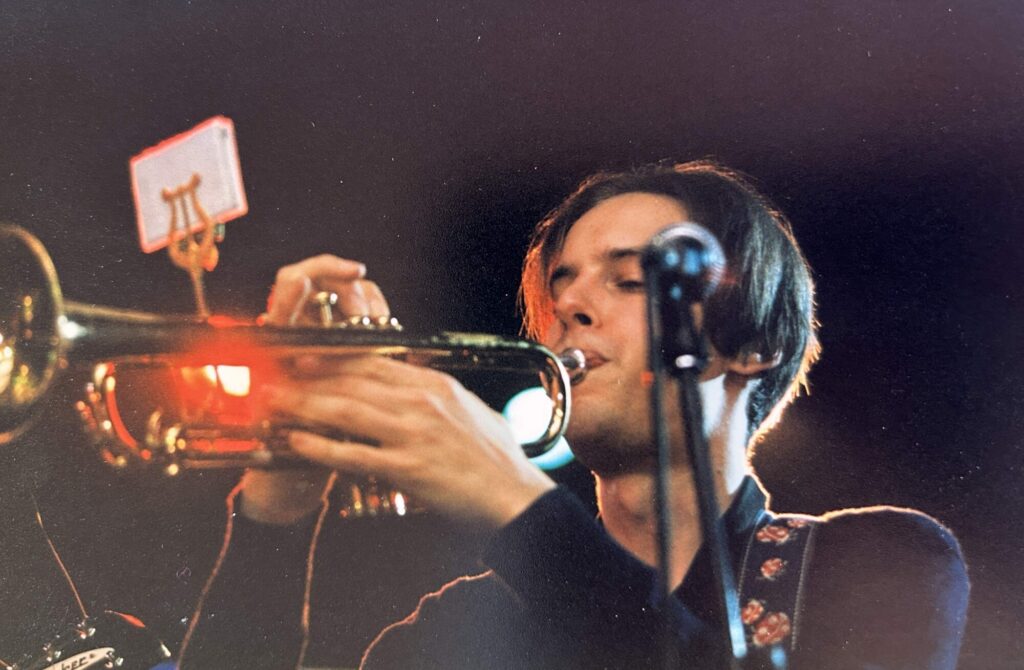
The idea of “home” seems to play such an important role in this album, both thematically and physically. How did living and recording at Marlborough Farms shape the atmosphere of the record? Was there something about that space that felt magical at the time?
Gary: The neighborhood and house definitely played a role. Back then, Marlborough Road felt further away from the city, and maybe there was a bit less distraction. Jeff, Jennifer, Sasha, and I all living under the same roof and having access to our studio 24/7 may have led to some extra creative magic. Prospect Park was a close walk, and a few place names are referenced in the album—Meadowport Arch, the Parade Grounds, and Vale of Cashmere, to name a few. We shot the cover photographs there as well.
Jennifer: Making the record was organically integrated into our communal lifestyle. It felt magical to me and always will. We had the unique experience of living in an actual house along a street lined with magnificent London plane trees—rare among our peers in NYC at that time. We had a porch for spontaneous gatherings under a grape arbor and a bright kitchen where everyone always convened. As a resident of Marlborough Farms during that time, the house and neighborhood provided inspiration and context for shaping the album, like a grounding presence. Nearby sprawling Prospect Park (where we were photographed for the album artwork), the landmark residential architecture that makes up the Prospect Park South Historic District, wayfinding relics like iron signposts and brick and concrete gate posts, and street names evocative of English estates created an atmosphere that made you feel removed from a city of 9 million, especially during the pre-digital age. Those environs and times seem to flow through the album, from the opening lines, “And I can see the bay through the trees and in my car,” taking listeners down to Manhattan Beach, through Prospect Park’s Meadowport Arch, into the overgrown Vale of Cashmere, and inward to ruminations about the sea rolling into our home or a shared love for the 1968 film, The Swimmer.
Sasha Bell: There was definitely a lot of magical energy at the Farms then. Not only were we all living there (two couples, brother and sister, etc.), but touring bands were always passing through, sharing music, contacts, and ideas. It was also unusual to be able to live in an actual house, a big house, in NYC, so visitors were always astounded by our urban-bucolic living situation. We’d have lots of parties at the house, with bands playing in the basement. There was always something musical happening—gentle musical chaos. There was also that feeling of being in one’s twenties, where anything seemed possible, creatively and otherwise. ‘The Albemarle Sound’ was made at a time when everything felt almost perfect. It was a short-lived period, as perfection goes, but that’s what the album captures, and that’s why it resonates so deeply with people. As an astrologer, it’s fascinating to look at my chart from that era; Neptune was exactly on my Aquarius moon (7th house, for all you astro people out there), intensely combining themes of home, relationship, fantasy, idealism, no boundaries, and artistic partnerships. It was a once-in-a-lifetime event for sure!
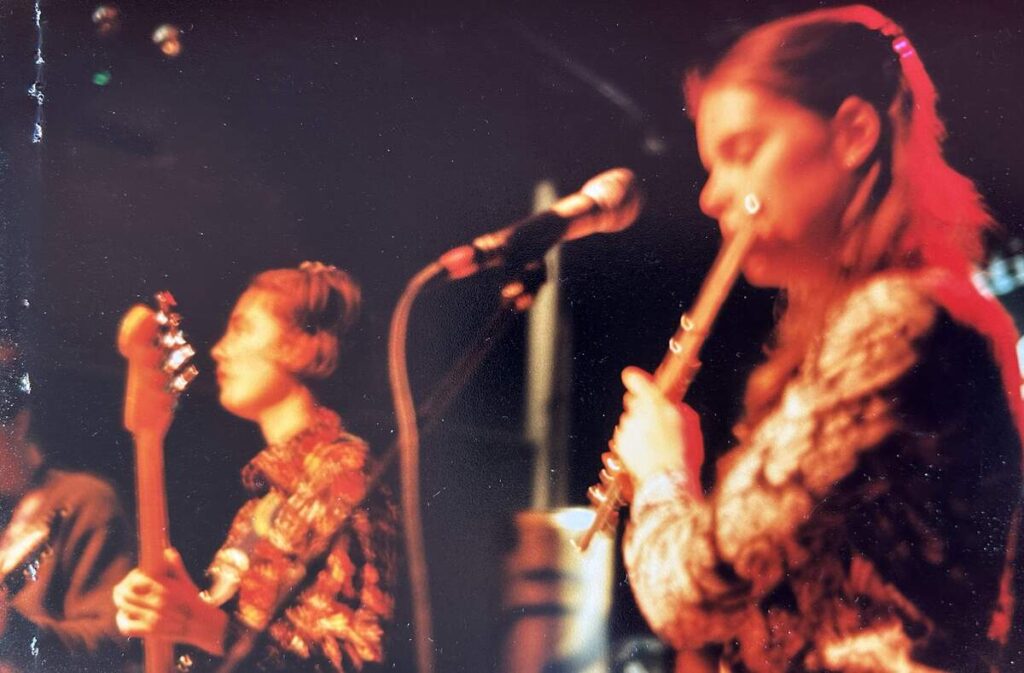
There’s such a warmth and intimacy to ‘The Albemarle Sound’—like you’re inviting listeners into a very personal, lived-in world. Do you think that sense of place is why the album has remained so timeless and beloved by fans?
Gary: I was very conscious of trying to get a natural balance to the sound in the recordings. I wanted it to sound good to my ears 25 years later, not necessarily like a record made in 1999.
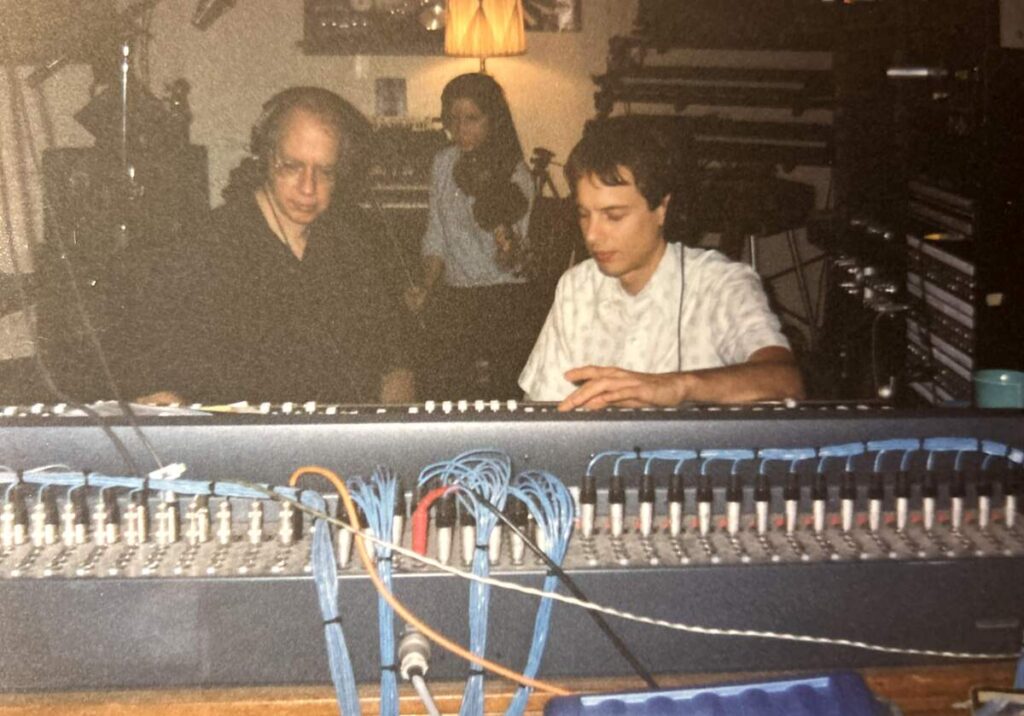
Jennifer: I love your description and hope the album resonates this way for listeners, both new and old! Even when listening all these years later, I am honestly somewhat amazed that we were able to create something so fully focused and realized. And entirely analog on an Otari 1″ 16-track machine, so it was very time-consuming and took a great deal of thought and planning. I think there is an attention to detail, a melding of songwriting and sound production that we cared about deeply and tried to achieve. I love the audio engineering of Gary and Bill Wells showcased on the album, and the way they helped to create an expansive space of clarity, warmth, and resonance; to me, this adds to the album’s longevity and depth.
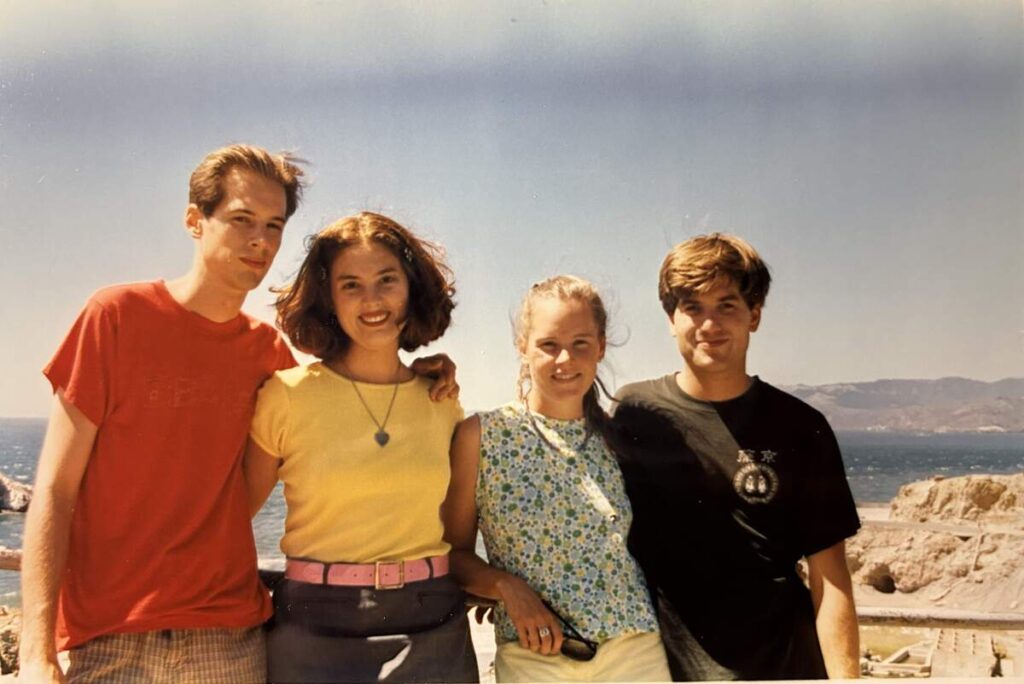
With the expanded edition featuring demos and outtakes, listeners get to peek behind the curtain into the recording process. Are there any tracks or versions in the bonus material that surprised you when you heard them again? Maybe something that captures an unexpected moment from the sessions?
Gary: Jeff’s original demo for ‘Oceans in the Hall’ is a treasure. I was surprised at how formed it already was in his arrangement. To think that it went from a bedroom recording and evolved into one of our most well-known songs is special to me.
Jennifer: I love the intimate and raw vibe of demos, the sensation that songs are precariously held together, and how they freeze a snapshot of the creative process in time. I also love revisiting our instrumental versions and always wanted to release an instrumental version of The Albemarle Sound, something we talked about while making the record. I actually had a highly visceral, flashback-type experience with some of our old demos (some from our album that followed, Argyle Heir) one night during the pandemic lockdown when I was organizing a bin of cassettes for digitization. The physical experience of stopping, starting, and rewinding the fragile tapes was comforting in an era that favors fleeting digital impressions over deep listening. The warped, hissing transmissions, some unbounced, were like a bridge to the Ampex magnetic tape reels housing the final masters. Even with the sparse piano and solo voice versions, you can hear where the song and arrangements are heading. Revisiting these earliest incarnations felt like an out-of-body experience, time-traveling to glimpse the creative process of our much younger selves and the comings and goings in and out of the house, studio, and neighborhood.
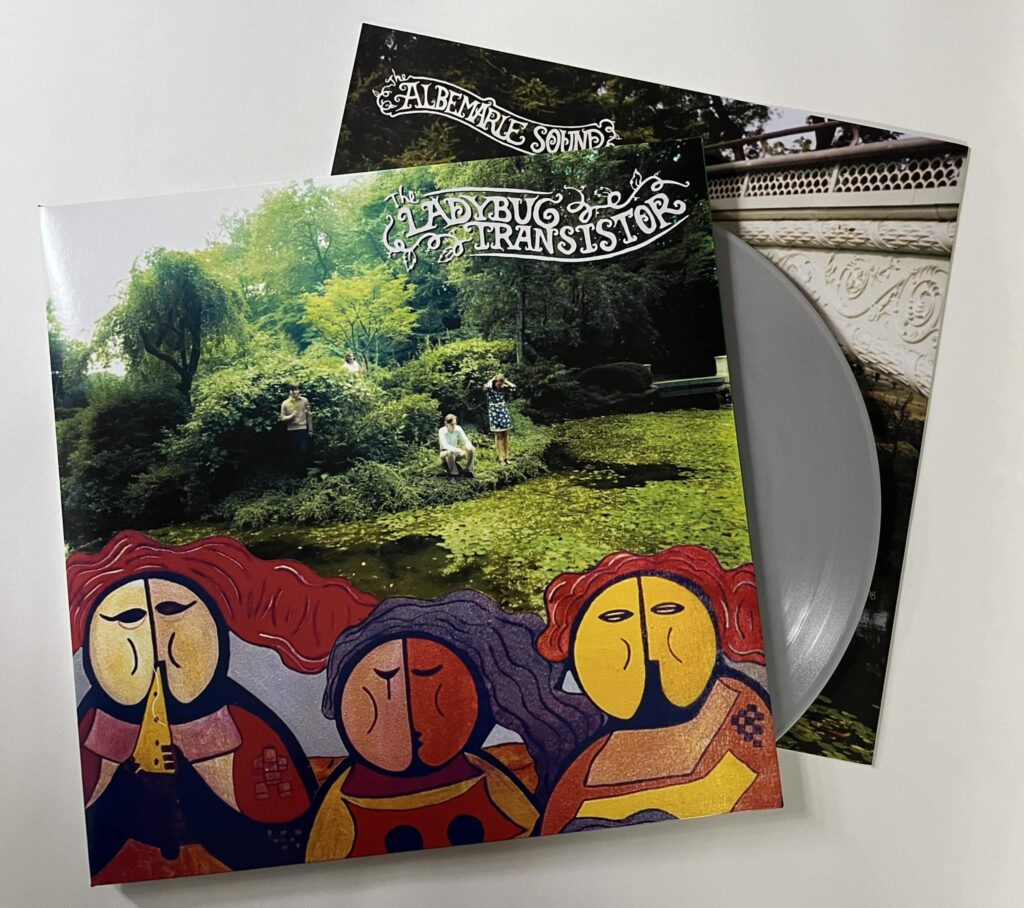
The band’s lineup during the recording of The Albemarle Sound was a close-knit group, with a lot of collaboration between members. How did living together and being so deeply involved in each other’s musical lives influence the way the songs came together?
Jennifer: I think it’s unique that the album is the product of four songwriters—Gary Olson, Jeff Baron, Sasha Bell, and me—along with the particular circumstances of having two couples, as well as siblings, in the band during this time, adding to the creative dynamics and synergy. Making the album was organically part of the personal rhythm and rituals of our daily lives. When writing, we worked in different ways. Someone might have a song fully developed or in demo form to share with the group, to finalize and work out individual parts. We often worked out songs and made four-track demos with the Hallet, Davis & Co. piano from Gary’s childhood home in Brooklyn, which remains a focal point in the circular sitting room on the first floor, with hardwood floors and beams, where we would also have low-key rehearsals, record piano parts, and host sing-alongs during our annual Christmas parties. Making the record was organically integrated into our communal existence, and I loved getting to assist with the process. It also reflects our admiration for so much of the music that came before us, which we continue to love and listen to. Sometimes it was all hands on deck, moving the faders during a complex mix, in the days before automation and Pro Tools. People would float down into the studio to assist, provide feedback, or work on new parts. Many of the arrangements highlighted the live band’s lineup, which included trumpet, flute, and violin. For me, the instruments and recording equipment seemed to have stories woven into the fabric of the house. The Great British Spring reverb we used even made its way into the title of the fifth song. Our friend Joe McGinty worked on the beautiful string arrangements, and we welcomed guest musicians into the process.
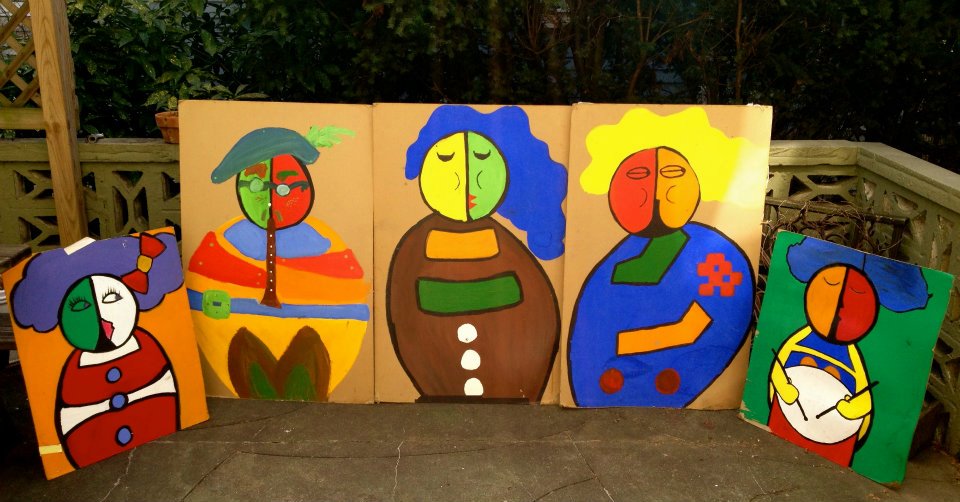
The release of this expanded edition includes both physical and digital formats, with cool extras like the color mobile and silk-screened print for the deluxe LP. Was there a particular reason you wanted to add these tactile elements to the reissue? It feels like a love letter to the fans.
Gary: 25 years just felt like a good time to mark the occasion. The vinyl version of the LP was out of print for the better part of two decades, so we wanted to do something special with this edition. Last year, I started archiving anything we could find related to the album. For a long time, I wasn’t sure if we had much worth hearing, but when I finally got around to emptying out the cupboard, it seemed there was enough there to complement the original album and give a look at our process. I like the idea of having it all in one place.
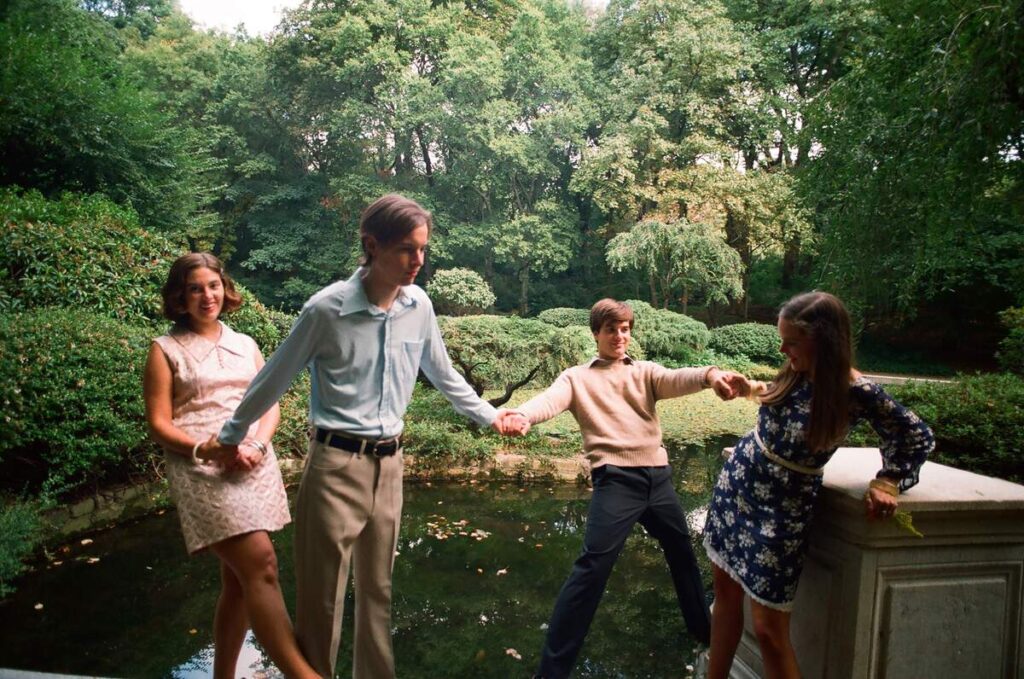
Jennifer: We wanted to do something special with a silver vinyl edition for our silver anniversary. We often designed and made our own T-shirts, buttons, and stage paintings. I spent late nights at Kinko’s in the Village working on iron-on T-shirt designs (long before becoming co-organizer of a huge craft fair, ha!) and loved making handmade Xeroxed flyers. Some people still have those original designs! We made regular runs to places like Pearl Art and Craft Supply, Pearl River, and old-school dollar stores. I loved wandering around the cavernous shops on lower Canal Street in Chinatown shopping for vintage trimmings and supplies. Together, we hand-painted the large-scale ladybug figures at home and used them as stage décor. On our second tour in Switzerland with Sportsguitar, we rented a car and took a side trip driving from Luzern to Venice. It was there that the bright painting by Italian artist Germano Locatelli, of the ladybug figures, caught our eye through the window of a television repair shop. We went back the next day to try to buy it, but the shop was closed, so I took some photographs. For our December tour, we will have new button designs based on our original paintings, limited edition prints made by Keegan Mills Cooke (Circadian Press), plus new T-shirts and tote bags. Adding to the handmade texture of The Albemarle Sound is the intricate lettering by Mike Barrett, who sometimes played drums for us and contributed to the design of the album package.
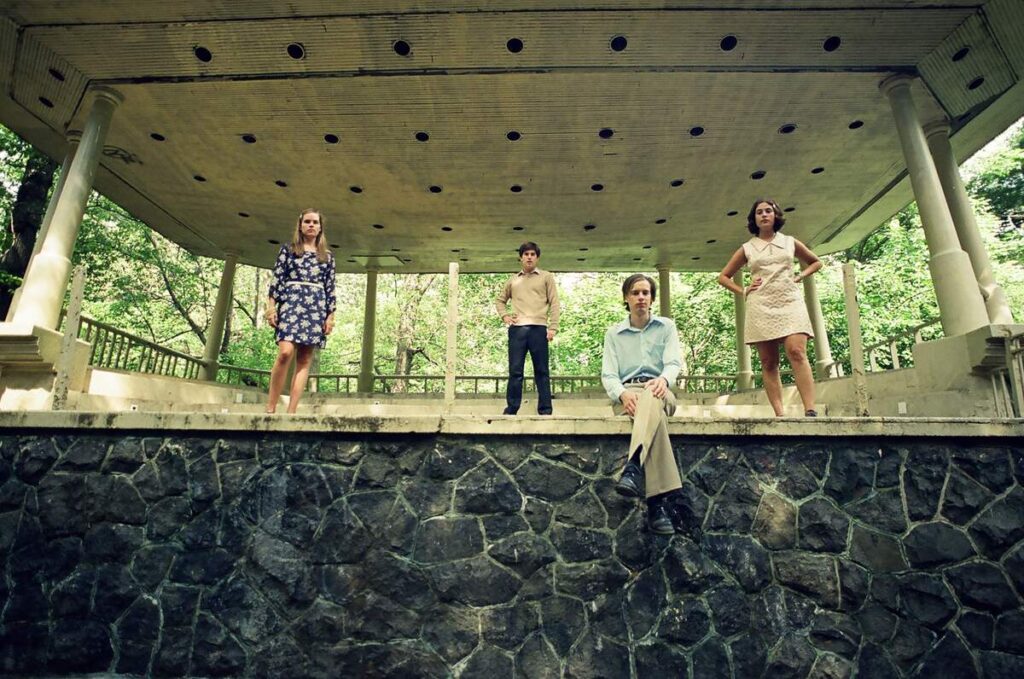
What was the atmosphere like for you as musicians at the turn of the millennium, and did you have a sense that you were making something with lasting impact back in 1999?
Jennifer: There is so much I could say, and I think a lot about now, in terms of being musicians at the turn of the millennium (in NYC) versus today. It’s difficult to put into words and maybe best for sharing over beers!? I am very glad our shared experience of making this album and evolving as a band took place before the digital onslaught, which attempts to mediate every sensation, decision, and experience for humans. Seeing live music, discovering new places and bands, and meeting new people was unfiltered by these distractions. Part of the territory that comes with young adulthood is not having hindsight, living in the moment, and not fully comprehending the impact of what you are creating. But I do think we were serious about the music we were making and our craft in terms of writing and producing, and we share a deep love for a wide spectrum of music that continues to inspire us. We were a Brooklyn band but also very much doing our own thing. In NYC during these formative years, we played regularly at The Knitting Factory, Brownies, Bowery Ballroom, Mercury Lounge, Thread Waxing Space, Maxwell’s, and Fez. Our friends’ bands were often passing through on tour, sleeping on our floors, and playing shows or touring with us, and sometimes spontaneous collaborative recording would occur. There was so much to gain from that kind of creative osmosis, and it was highly familial. Some of my favorite tours took us to Sweden, Norway, Spain, and Switzerland, and being invited by Belle & Sebastian to perform at The Bowlie Weekender in Camber Sands, England, in 1999, which became the inspiration for All Tomorrow’s Parties. Standout experiences from this special time include collaborating on a cover of ‘Puis-Je?’ with Kevin Ayers and performing at international festivals like Emmaboda, Hultsfred, Fjellparkfestivalen, and the earlier days of SXSW.
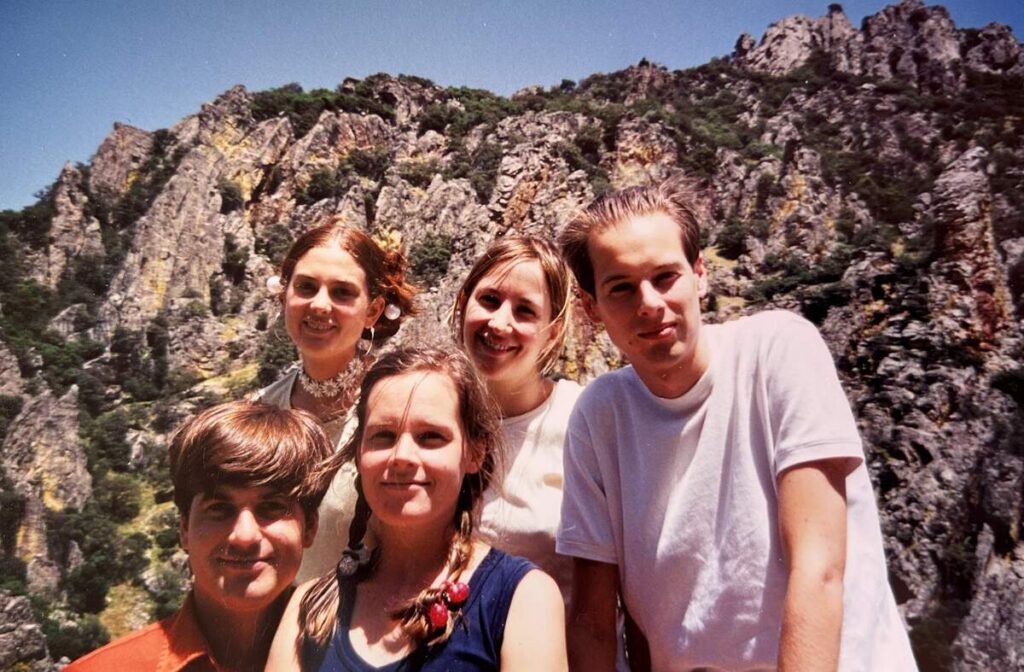
Looking back at how ‘The Albemarle Sound’ has grown in stature over the years, what do you think has allowed it to resonate with new generations of listeners? Do you find that the meaning of the songs has evolved for you as well?
Jennifer: I hope that what endures is an attention to songwriting craft, arrangements, and a sense of possibility and place, but an expression that also transcends specificity, so listeners can bring their own impressions and experiences to the music.
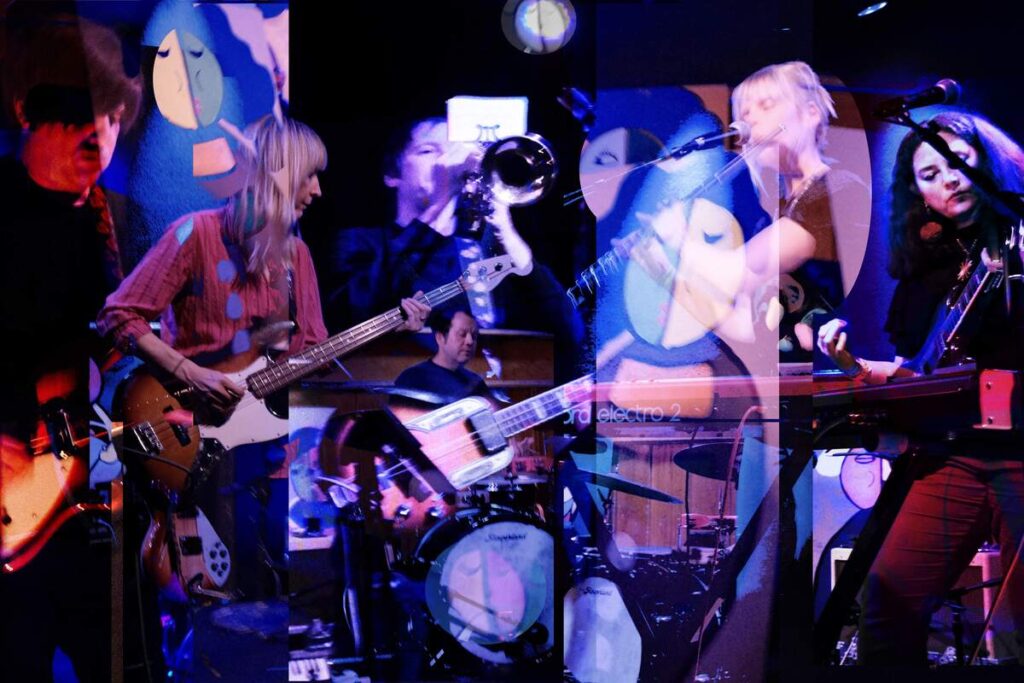
You’ll be touring both coasts to celebrate the reissue—what excites you most about bringing these songs back to the stage after all these years? Are there any particular songs you’re especially looking forward to performing live again? Tell us what’s next and what are some future plans.
Gary: We’ll be busy in December with eight shows on the East and West Coast. That will be our original The Albemarle Sound era touring lineup from 1999, with Jeff, Jennifer, Sasha, Julia, and me, joined by Derek Almstead on drums.
Jennifer: I am so excited to bring this music back to familiar ears and share it with brand-new listeners. We are performing in several venues for the first time, and I am especially excited to play at Tubby’s in Kingston, NY, and return to the West Coast. I am also incredibly grateful for this chance to reconnect with old friends through the album and share some nights with other fantastic musicians.
Klemen Breznikar
The Ladybug Transistor Facebook / Instagram / Bandcamp
The Garment District Official Website / Facebook / Instagram / SoundCloud / Bandcamp / YouTube
Happy Happy Birthday To Me Records Official Website / Facebook / Instagram / Twitter / Bandcamp / YouTube
Merge Records Official Website / Facebook / Instagram / Twitter / Bandcamp / YouTube
‘Flowers Telegraphed To All Parts Of The World’ by The Garment District | Album Premiere
The Garment District | Interview | Jennifer Baron

